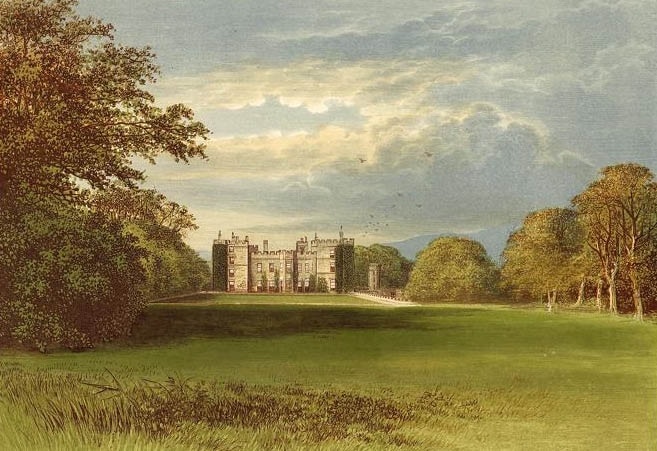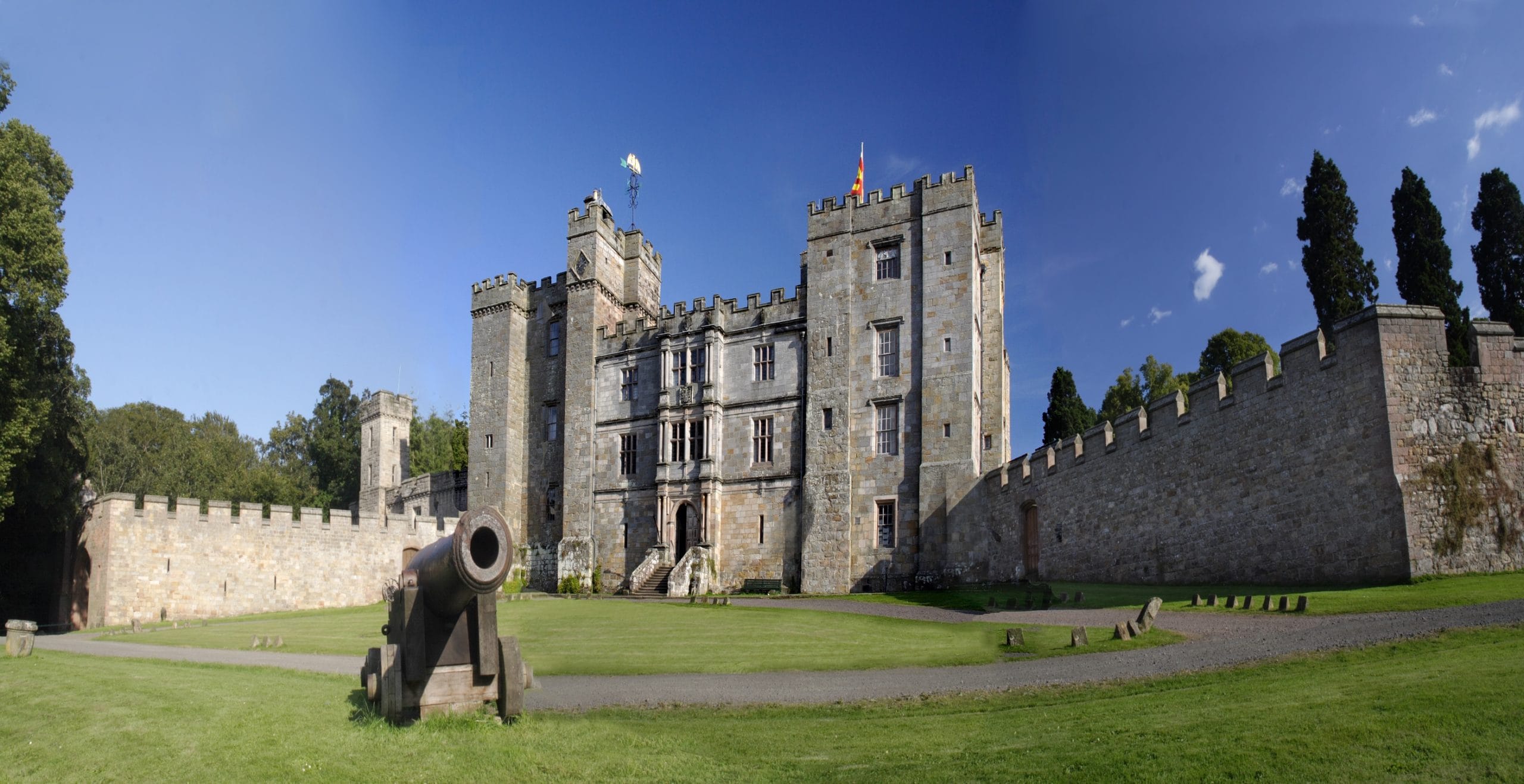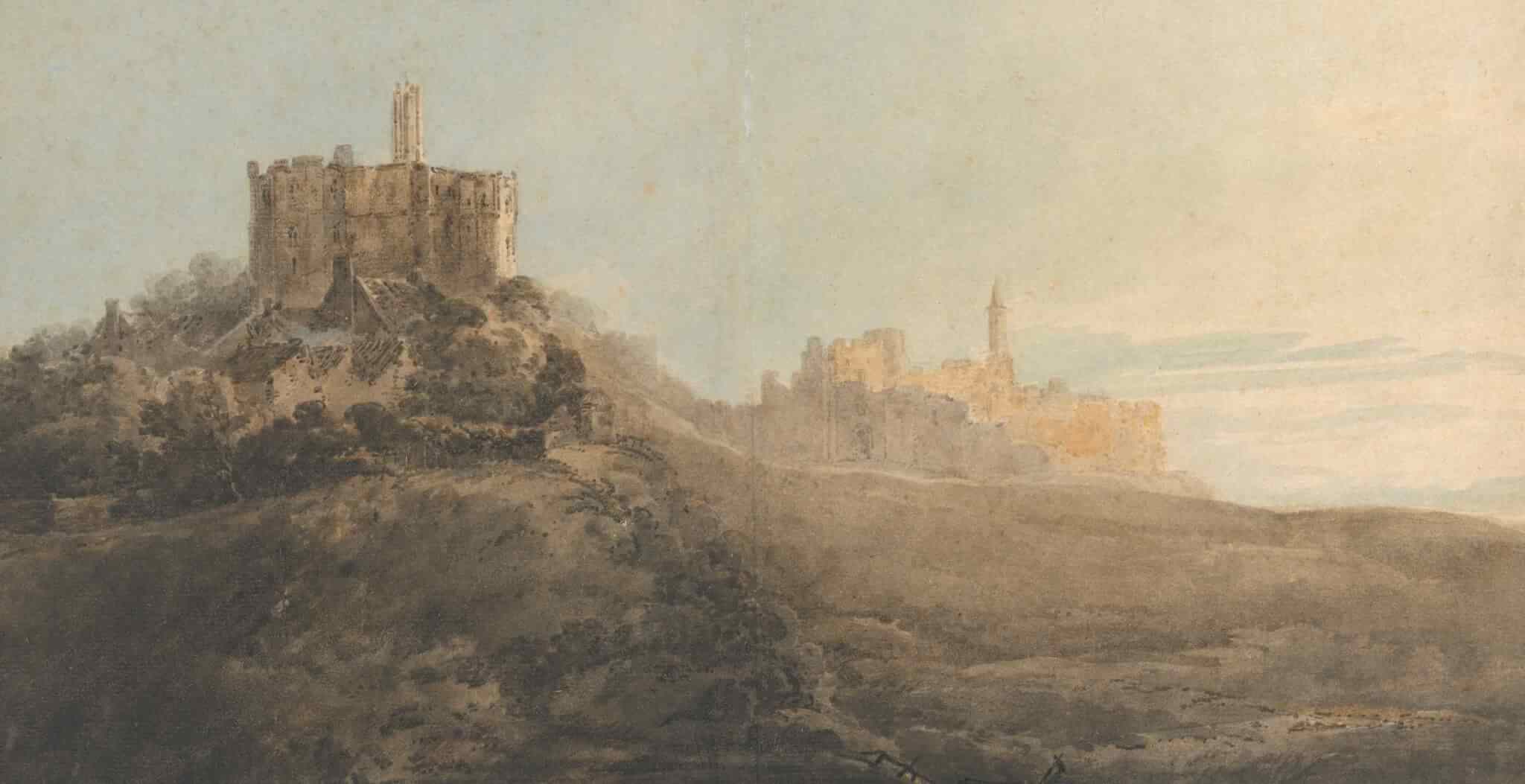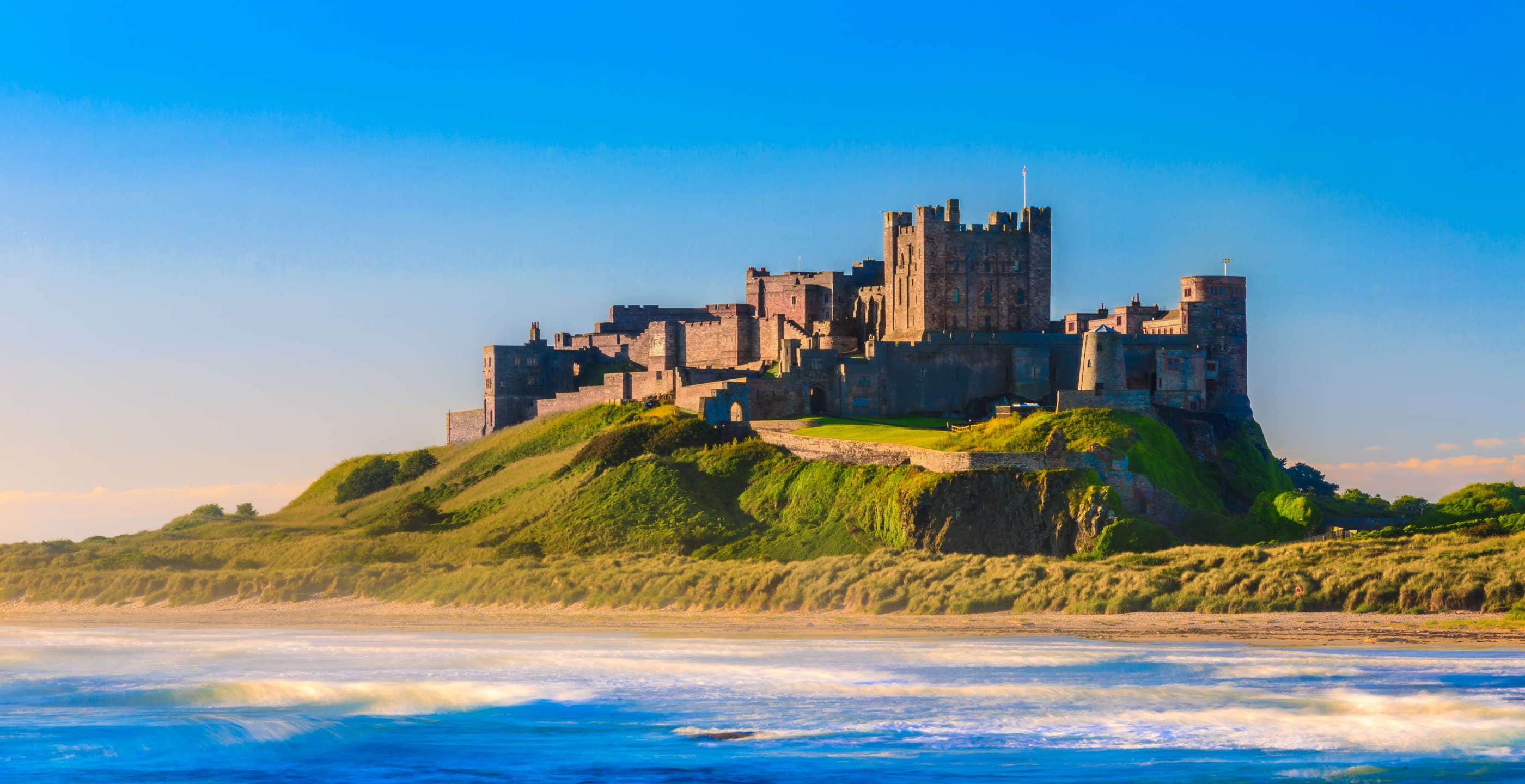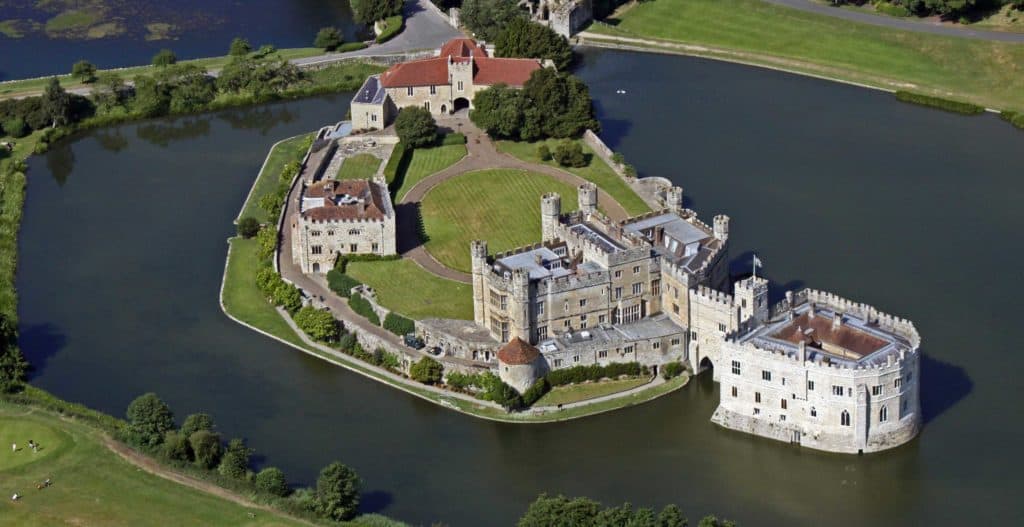Telephone: 01668 215359
Website: https://chillingham-castle.com/
Owned by: Sir Humphry Wakefield
Opening times: Open to the public from Easter to the end of October 12.00 – 17.00 with last entry at 16.00. Entrance charges apply.
Public access: Uneven floors and steep spiral staircases mean disabled access is limited. Guide dogs and Assistance dogs only.
Nearby Accommodation: Waren House Hotel (18th century hotel, 23 min drive), No 1 Hotel (17th century hotel, 16 min drive)
An intact medieval castle. Built in the 12th century as a monastery, Chillingham has been home to the Grey family and their descendants since 1246. In 1296 a Scottish raid destroyed the original manor house, which may have been replaced by a tower house which forms one of the four corner towers today. King Edward I visited Chillingham in 1298 whilst on his way north to confront William Wallace in battle. In fact, many monarchs have visited Chillingham, including King Henry III, James I. and Charles I just before imprisonment. After Sir Thomas de Heaton gained a licence to crenellate in 1344, Chillingham became a fully fortified castle complete with dungeons and torture chambers. His castle adopted a quadrangular design with massive towers at the four corners, a style rarely found in Northumberland. The castle has undergone many changes in subsequent centuries.
Chillingham suffered damage during the years of the Pilgrimage of Grace, which probably resulted in the rebuilding of some of the towers. It was refurbished and redeveloped in Tudor and Stuart times. At its centre is the Great Hall, an Elizabethan chamber overlooked by a medieval minstrels gallery. Work on redeveloping the north range of the castle took place in 1610, possibly under the direction of Inigo Jones, although this is not proven. The 600 acre park at Chillingham is also famous for its wild white cattle, which have lived there since a park wall was erected in 1220. They may have lived there for centuries before that. Chillingham cattle were hunted in medieval times, but today live freely in the park, watched over by a warden. They are never handled, and indeed have no human intervention in their lives
